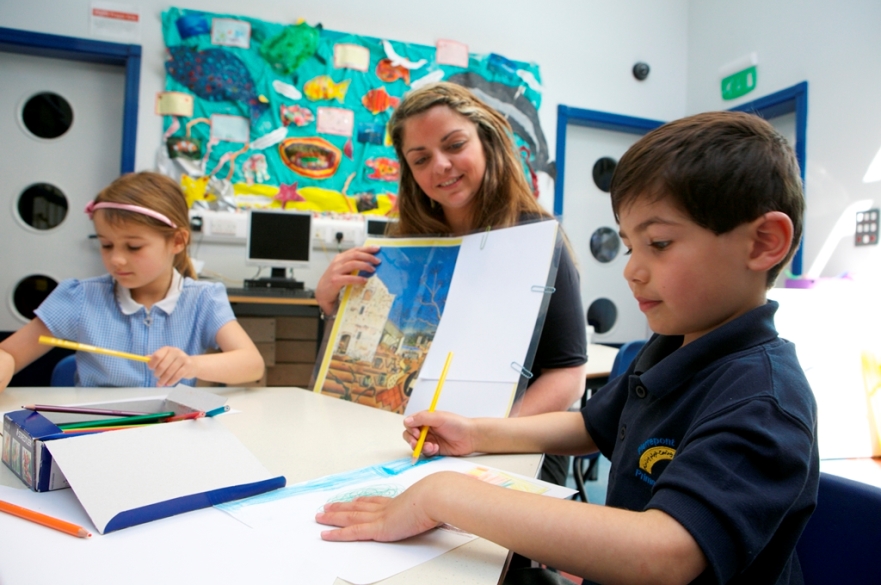
Counting can be a fun and engaging way for students to improve their counting skills. These games can be played with numbers and can be adapted to different levels of difficulty. These games can be played in many settings, including math centers and small groups. They can also help parents teach their children counting skills.
Dot card games
The use of dot-card counting games involves the use. They are typically colored and have numbers from one to ten. They are organized in similar ways. A green dice set contains dots in the form of dice. A yellow ten frame set, on the other hand, has dots in a ten-frame arrangement. The game's goal is to match up dots, and get a sum of either five or ten.
You can make your child's math skills more challenging by playing the dot-card counting game. They encourage children subitize and to ask questions about placing the dots. These games reinforce one-by-one counting skills.

Finger games
You can help your child learn math concepts early by playing finger games. They can help your child learn how to count, compose numbers, and decompose numbers. They can also improve their ability to visualise numbers and memory. They can be carried anywhere and used to teach children about number composition and decomposition.
This game involves players tapping their hands. The player who has the most fingers will win. Their hand count will be equal to their opponent's. If a player has four fingers, he will need to count the hand of the opponent with three fingers. The player with more fingers wins.
Sequencing games
Doug Reuter created Sequence, which is a strategy game and card game. Sequence Five was the original name for this abstract strategy game. Players take turns in completing missions to move forward in the game. It's a complex abstract game that can easily be played by two- to four players. Sequence has been around for almost 20 years, and it is still growing in popularity today.
In the first part, the player must arrange the events in chronological order. The player is given 10 events. The goal is to sort and sequence the images so that they appear in order. This game can be used to test employee knowledge about company history. Fun puzzles allow players to practice solving problems.

Counting activities
Counting can be a useful tool in the classroom. It can also be done in many different ways. Engaging children with counting is the ultimate goal. Participants can learn about the basics of counting by focusing on different objects. This activity encourages participants to think outside the box and allows them to share their thinking with others.
Counting is a great way to help children practice number sense. Roll-andcover activities are a great way for children to learn number sense. Students count dots on a dice and cover the mat with the corresponding number. Continue playing until all numbers were covered. This type of activity helps children practice fine motor skills.
FAQ
What is the difference between a college and a university
A university provides higher education. It offers various undergraduate and postgraduate degrees in different fields.
A college is typically smaller and less well-known than a university. It may offer fewer courses but often has its own specialist departments.
What is a vocational school?
Vocational schools offer programs specifically for people who wish to pursue a career in a certain field. They might also provide training in job-related skills and general education.
Vocational education plays an important role in our society, as it helps young adults develop the skills needed to succeed in everyday life. It ensures that all students have access to high-quality learning opportunities.
A vocational school offers its students a range of options, including apprenticeships, certificates, diplomas, degrees, college transfer programs, and other postsecondary credentials. Vocational schools are able to teach both academic and vocational subjects such as maths, science, English, English, social studies and music.
Should I choose to specialize in a single subject or branch out into other areas?
Many students opt to specialize in one area (e.g. English History, Math) and not branch into many other subjects. It isn't necessary to specialize in every subject. For example, if you're considering becoming a physician, you could choose to specialize in either internal medicine or surgery. Or, you could choose to become a general practitioner specializing in pediatrics, family practice, gerontology, psychiatry, or neurology. You could focus on sales, marketing, finance, research, and management if you are interested in a career in business. It's your choice.
Statistics
- Data from the Department of Education reveal that, among 2008 college graduates, 92.8 percent of humanities majors have voted at least once since finishing school. (bostonreview.net)
- “Children of homeowners are 116% more likely to graduate from college than children of renters of the same age, race, and income. (habitatbroward.org)
- And, within ten years of graduation, 44.1 percent of 1993 humanities graduates had written to public officials, compared to 30.1 percent of STEM majors. (bostonreview.net)
- They are also 25% more likely to graduate from high school and have higher math and reading scores, with fewer behavioral problems,” according to research at the University of Tennessee. (habitatbroward.org)
- Globally, in 2008, around 89% of children aged six to twelve were enrolled in primary education, and this proportion was rising. (en.wikipedia.org)
External Links
How To
Where can you find a teacher job?
There are many teaching jobs available in public elementary and private schools.
A bachelor's degree is required to become a teacher.
-
A four year college or university
-
A program for associate's degrees
-
Two-year community college programs
-
A combination of these three types of programs
To qualify for certification for teaching positions, applicants must meet state requirements. These requirements include passing standardized exams and completing a probationary work experience.
Many states require applicants to pass the Praxis II test. This test measures the candidate’s knowledge in reading, writing mathematics, and language arts.
Many states also require that applicants obtain a specialized licensure before being certified as teachers.
These licenses are issued annually by the state boards of education.
Some states grant licenses without requiring any additional testing. To determine if your state has granted licenses without additional testing, you should contact the board in your state.
Some states don’t issue licenses until the applicant has completed a master’s degree program.
In some states, individuals can apply directly to the state education board for licensure.
The price, duration, and coursework required for licenses can vary greatly.
For instance, some states only require a high-school diploma, while others require at least a bachelor's degree.
Some states have specific requirements for training, such a literacy or child-development course.
Some states require that applicants have a master’s degree to become licensed.
When applying for certification, many states ask prospective teachers about previous employment.
You might mention that you have worked in another field on your application.
However, states are more than willing to accept previous work experience, regardless of the type of job.
It is possible to list your prior job title, position, as well as years of service.
These information are often useful to potential employers.
This shows that you have the relevant skills and experience.
Working may allow you to learn new skills or gain valuable work experience.
You can showcase this to future employers by putting your resume in their hands.